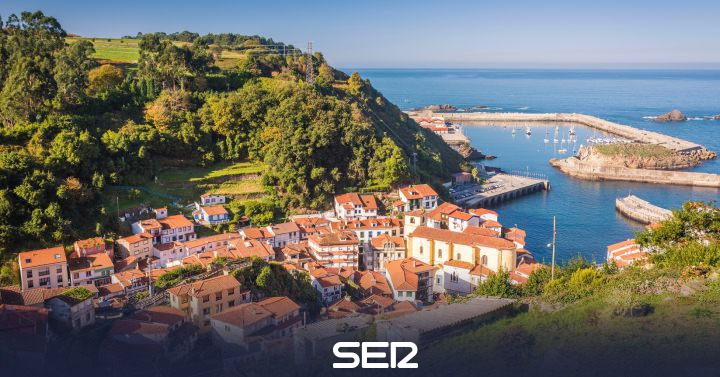Cudillero Today is our destination in Asturias Step by Step, the space in which Onofre Alonso takes us throughout the region, on Thursdays in Today for Today Asturias. On this occasion, in addition, we are accompanied by the guide and tourism teacher Hugo Bande. With him we walk the streets and paths, not only of the town but of the council, from the Plaza de la Marina to the Church of San Martín de Luiña. These are the answers to the clues that we offered you.
It is a medium-sized council in area, specifically number 35 of 78. It occupies little more than 100 km2.
It has 5,000 inhabitants, it is also in half of all municipalities. It is number 31 in population.
It has 9 parishes.
– Ballota, Cudillero, Faedo, Novellana, Oviñana, Piñera, San Juan de Piñera, San Martín and Soto de Luiña
It borders 4 other councils.
– NORTH: Cantabrian Sea
– SOUTH: Salas and Pravia
– EAST: Walls of Nalón and Pravia
– WEST: Valdés
The highest place in this council is Pico Cueto at 783 meters of altitude.
The name of its capital coincides with that of the council.
It has 10 beaches.
– San Pedro de la Rivera or Bocamar, Concha de Artedo, Campofrío, Aguilar, Ballota or Ricavo, Cueva, Silencio or Gavieru, Gueirúa, Oleiros, Vallina
Part of its coast is declared a protected area.
There is a monument in the capital of this council, which is also the oldest in the town. It dates back to the 13th century and was a place venerated by sailors in the days of gales and even a place of popular justice.
– The Chapel of the Humilladero
It is a municipality with brañas vaqueiras. In one of the churches of this council, you can read on the ground “the vaqueiros do not pass from here.”
– The San Martín de Luiña church
This council was administratively linked until the 18th century, to another with a royal past.
– Pravia
Two festivals of tourist interest are held there.
– Festival of the Amuravela in Cudillero and the Vaqueiro Market in San Martín de Luiña
In this council we find a Palace from the late nineteenth century that has come to be called “The Asturian Versailles”.
– Quinta de Selgas or Palace of El Pito
The inhabitants of the capital of the council are known as Pixuetos and those of the interior Caízos.
–

:quality(80)/cdn-kiosk-api.telegraaf.nl/54dc4f8c-0349-11eb-88e8-02d1dbdc35d1.jpg)
